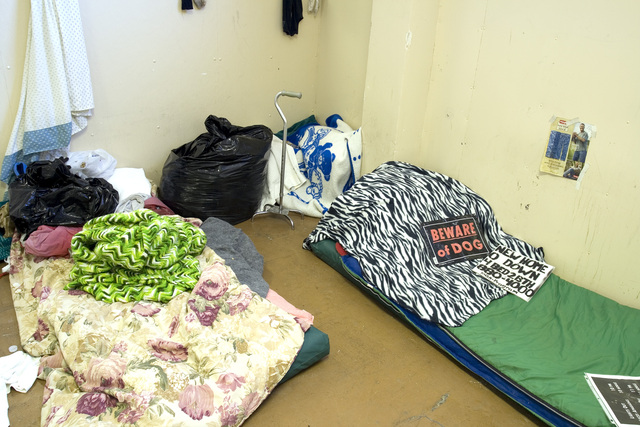The Old Jail: Is Albuquerque’s Winter Haven For The Homeless Up To Code?
Is Albuquerque’s Winter Haven For The Homeless Up To Code?


The men’s sleeping area at the old Westside jail, used as a homeless shelter during the winter months.
Eric Williams ericwphoto.com




